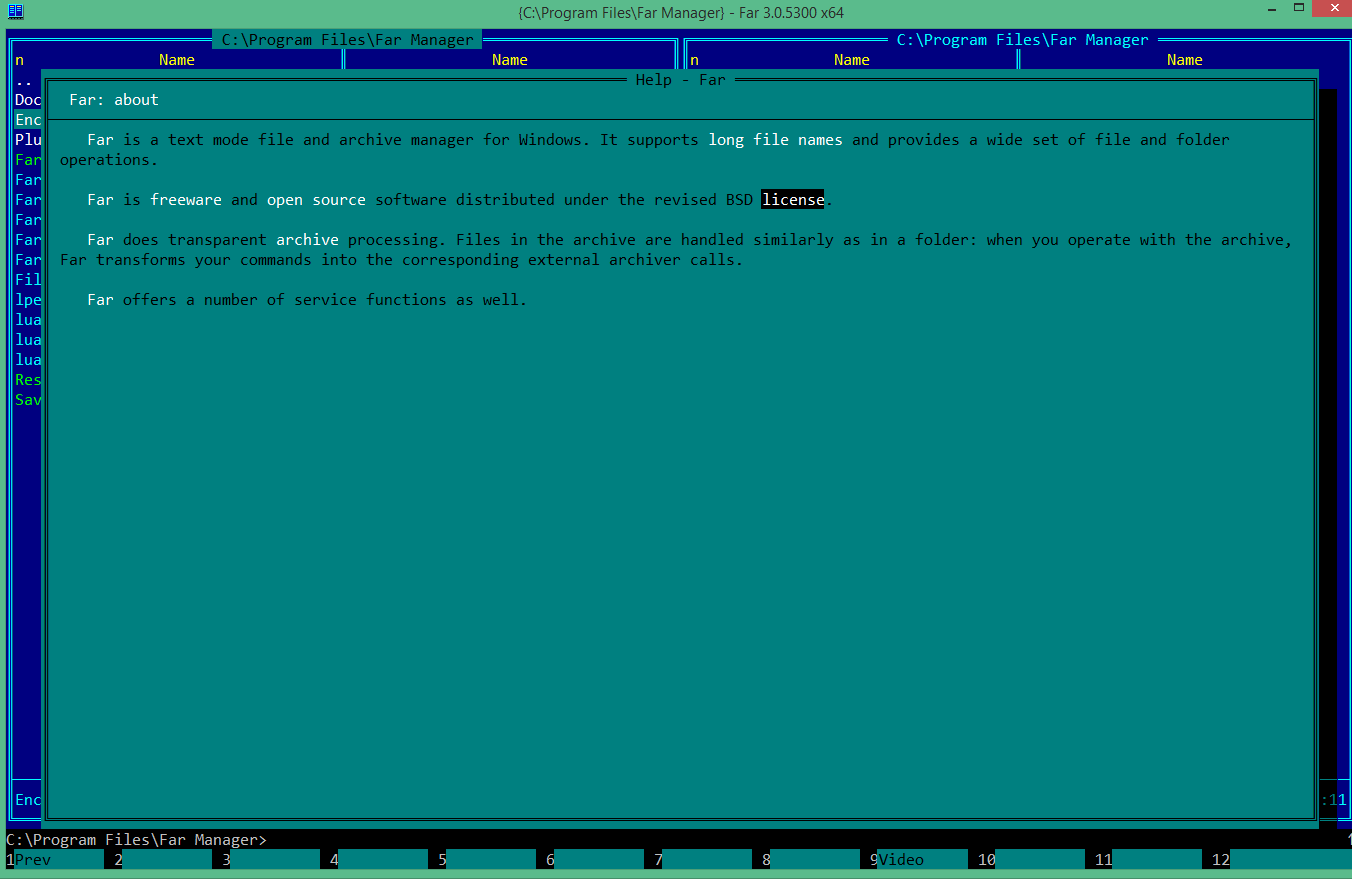
If so, follow the instructions and install it.
You might be prompted to install the "Gnome shell extensions" (at the top of the page). cd sudo mv extension.js extension.js.backupĬlose the terminal (an easy way is to press Ctrl+ D).īefore the next step, you need to restart your computer. The second command will ask for your password when you type the password, it will be invisible, so don't worry that nothing shows until you press Enter. Ctrl+ C doesn't work as you might expect in the terminal). Enter the following three commands, in order (you can use your mouse to copy-and-paste. The source for my solution comes from an answer to a related question.Īs I already mentioned, you can't uninstall Desktop Icons. If you agree with the bug report, please go to it log in (or register) if you haven't already and add your vote by selecting the green writing (at the top left of the bug report under the title). The good news (!) is that there is a workaround. The bad news is that Desktop Icons is installed as part of Ubuntu, so you can't uninstall it! Using it at the same time as Desktop Icons NG (DING) causes problems. The good news is that a revised version, Desktop Icons NG (DING), written by the same author, fixes this. The default desktop icons manager on Ubuntu 20.04 is a Gnome extension called Desktop Icons.ĭesktop Icons is a pretty bad implementation, because it lacks the most important features. Hopefully, with time, the extension will improve in replacing the former functionality of nautilus with respect to icons on the desktop. Nowadays, they ship with an up-to-date version of nautilus, and support desktop icons through the Gnome Shell extension. Therefore, Ubuntu used an older version of nautilus file manager in Ubuntu 18.04, in order to continue providing desktop icons. For files, users are encouraged to work from Files, or from within the applications, rather than placing a range of files in a single Desktop folder.Ĭonsequently, at some point, Gnome developers removed the code to provide desktop icons from the file manager. Instead, users are encouraged to place frequently used launchers on the Dash, and launch applications from the Application overview. Most of the time, it is covered by your applications. They consider the desktop not to be the appropriate place for folders and launchers. This has happened because Gnome Shell does not support desktop icons. This extension is rather new and still quite limited in its capabilities, in particular with respect to the interaction with the file manager. 
Instead, a Gnome Shell extension "Desktop Icons" has been created for that.

Since a few Ubuntu versions, icons on the desktop are not anymore provided by nautilus file manager (aka "Files"). The reason you cannot drag files is due to limitations in the support of desktop icons.






 0 kommentar(er)
0 kommentar(er)
